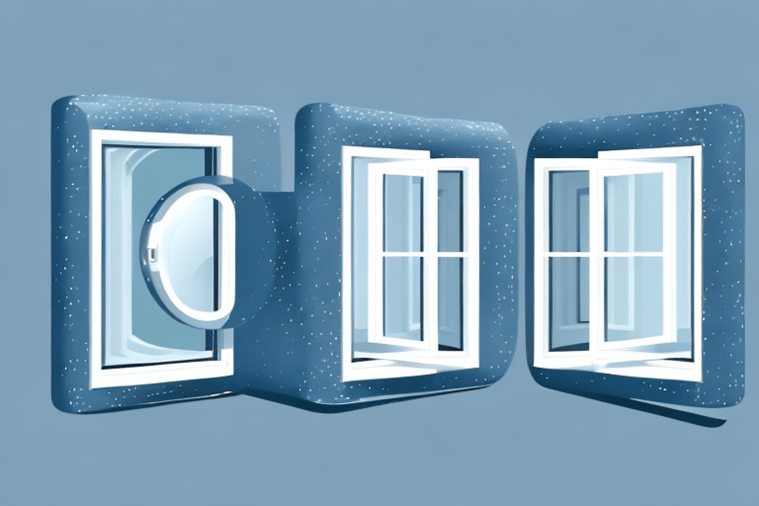
In the world of construction and manufacturing, two materials have dominated the market for many years: aluminium and UPVC. These materials are widely used in various applications, from windows and doors to packaging solutions. Each material comes with its own set of advantages and disadvantages, making it crucial for consumers to understand the differences and make informed choices. In this article, we will explore the pros and cons of both aluminium and UPVC, and compare their performance in different applications.
The Pros and Cons of Aluminium
Now that we understand the basics of aluminium, let’s explore its pros and cons.
Benefits of Using Aluminium
One of the major advantages of aluminium is its strength-to-weight ratio. It is much lighter than other metals like steel, while still maintaining comparable strength. This makes it ideal for applications where weight is a concern, such as double glazing.
Aluminium is also highly resistant to corrosion, even in harsh environments. It does not rust, making it suitable for outdoor applications. Additionally, aluminium can be easily recycled, making it a sustainable choice.
Drawbacks of Using Aluminium
Despite its many benefits, aluminium does have some drawbacks. One of the main concerns is its high thermal conductivity. This means that aluminium can transfer heat easily, which may not be desirable in certain applications. It may require additional insulation to counteract this property.
Another disadvantage of aluminium is its higher cost compared to other materials. The production process and the energy required to extract and refine the metal contribute to its price. However, the long-term durability and low maintenance needs can offset this initial investment.
The Pros and Cons of UPVC
Now that we have covered aluminium, let’s turn our attention to UPVC and explore its advantages and disadvantages.
Advantages of UPVC
UPVC is known for its excellent durability and resistance to weathering. It does not rot, corrode, or warp over time, making it a reliable choice for outdoor applications. Additionally, UPVC requires low maintenance, as it does not need painting or sealing to maintain its appearance.
Furthermore, UPVC is a good thermal insulator, helping to minimize heat transfer and reduce energy consumption. It is also an effective sound insulator, making it suitable for applications where noise reduction is important.
Disadvantages of UPVC
Despite its many advantages, UPVC does have some drawbacks. One of the main concerns is its potential environmental impact. The production of UPVC involves the use of chemical additives, which may be harmful to the environment if not properly managed. However, advancements in production processes have led to the development of more eco-friendly options.
Another disadvantage of UPVC is its lower strength compared to aluminium. While it is suitable for most applications, it may not be as suitable for heavy-duty or high-stress applications. However, proper design and reinforcement can help overcome this limitation.
Comparing Aluminium and UPVC in Different Applications
Now that we have explored the pros and cons of both aluminium and UPVC, let’s compare their performance in different applications.
Aluminium vs UPVC in Construction
Both aluminium and UPVC are widely used in the construction industry, particularly in double glazed windows and doors. Aluminium offers a sleek and modern look, with the ability to create large, uninterrupted glass surfaces. It is highly durable and can withstand extreme weather conditions. On the other hand, UPVC is known for its excellent insulation properties and low maintenance requirements. It is also cost-effective, making it a popular choice for residential and commercial buildings.
Aluminium vs UPVC in Packaging
When it comes to packaging solutions, both aluminium and UPVC have their advantages. Aluminium offers excellent barrier properties, protecting the contents from moisture, light, and air. It is also lightweight, making it ideal for transportation. UPVC, on the other hand, is commonly used in packaging for its durability and flexibility. It can be easily molded into various shapes and sizes, allowing for customized packaging solutions.
In conclusion, both aluminium and UPVC have their own set of pros and cons. The choice between the two ultimately depends on the specific requirements and priorities of the application. Aluminium excels in its strength-to-weight ratio and resistance to corrosion, while UPVC offers excellent durability and insulation properties. By understanding the differences between these materials, consumers can make informed decisions and choose the most suitable option for their needs.
